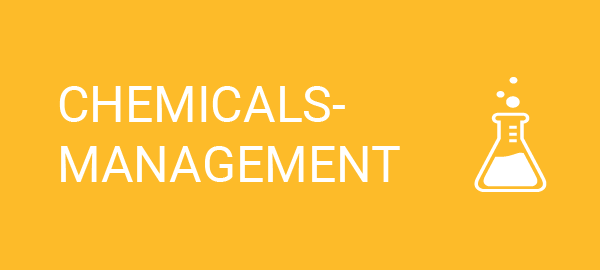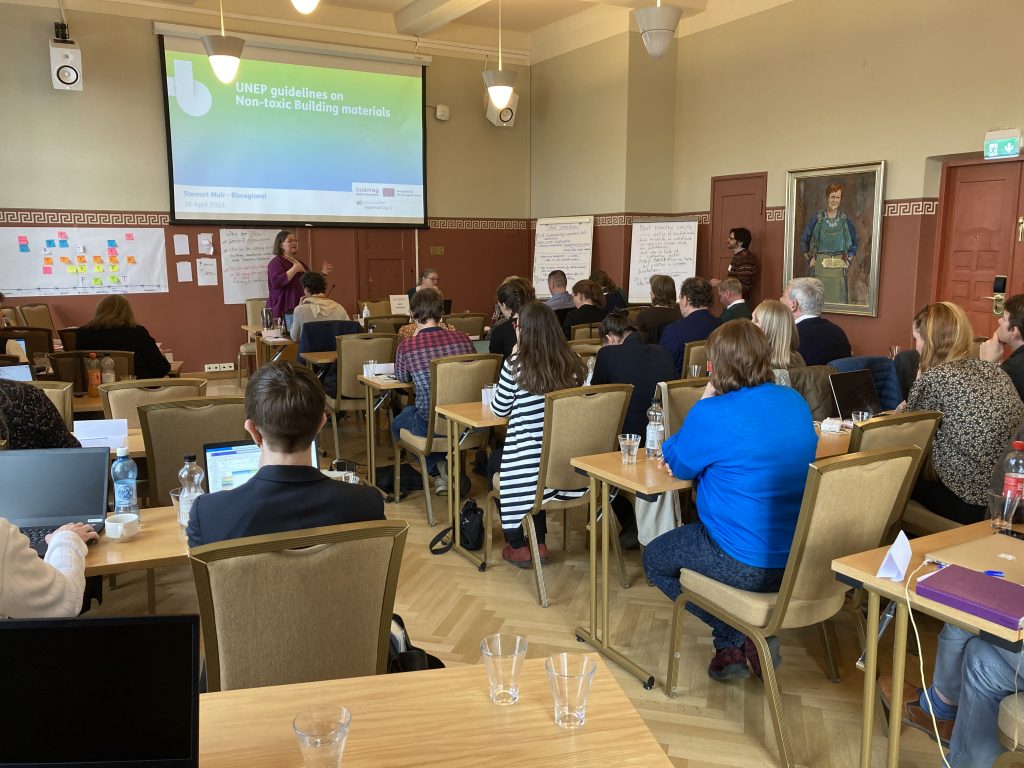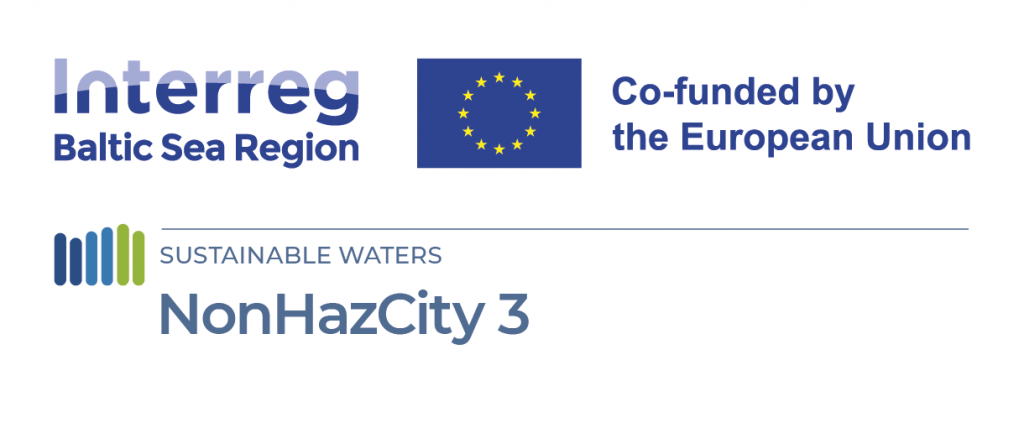Sustainable construction creates a base for sustainable, healthy, and safe city. However, substances of concern can be found in a huge range of building materials and products – from flooring to insulation, carpeting, joinery, paints and coatings, furniture and fabrics. These hazardous substances from building materials can leach out and can cause very negative effects on human’s health and health of the environment. Part of the problem is the lack of knowledge of the toxicity and another the deficiency in the legislation.
Among the ambitious climate and circularity targets, City of Helsinki emphasizes the responsible procurement in the Procurement Strategy as well as in the Environment Policy. As a centre of a rapidly growing large metropolitan city area, Helsinki has acknowledged the construction to be a key procurement group with high impacts on citizens and nature. To achieve circular and carbon neutral buildings as well as to protect the Baltic Sea, Helsinki sees addressing the HS necessary.
To highlight these issues and discuss possible solutions, an international seminar on “Hazardous substances in building materials – a key issue for sustainable construction” was held in Helsinki last week, April 26.
The seminar highlighted good practices in sustainable and toxic-free building construction, good examples from the renovation of the Helsinki Municipal Day Centre (Esa Nikunen) and also the experience of the German Auraplan architects (Christiane v. Knorre) – what to consider to avoid hazardous substances in the construction process, crucial phases in the construction and planning process when deciding on the materials to be used, cost aspects. Critical aspects in construction and materials, project experiences on the substitution potential of hazardous substances in construction materials were also discussed.
Stewart Muir from Bioregional UK presented the UNEP guidelines on non-toxic building materials, which are a comprehensive and useful source of information for a wide range of professionals. The organization has developed criteria for sustainable products, including public procurement guidelines for construction materials, and offers a wide range of information on eco-innovation, publicly available materials, sample documents, advice: https://www.bioregional.com/
The seminar was attended by municipal representatives from Finland, Sweden, Denmark, Latvia, Estonia as well as experts from NGOs, chemical experts, universities, consultants and architects.
Some insights:
- In his opening speech, Esa Nikunen, Director General of the Environment Services of Helsinki City, highlighted the problem of old building materials – it is nearly impossible to recycle building materials from old buildings because they contain many hazardous substances. People are exposed to substances in buildings, in furniture – the volume is large.
- The experience of the municipality of Helsinki shows that renovating a building using eco-labelled materials is about 10% more expensive than conventional renovation.
- Different countries have different requirements in terms of building permits, requirements and controls, as well as the design & construction process itself.
- Various challenges in the field were also discussed: lack of information on the chemical composition of materials, insufficient communication in the supply chain of construction materials at all stages of the supply chain, lack of experts in municipalities who could be able to prepare appropriate technical specifications and procurement documents for safe and non-toxic materials, as well as the cost aspect.
EU Interreg NonHazCity3 (NHC3) wish to tackle the challenge of hazardous substances in buildings, building sites and building materials. Project aims to increase the understanding about the chemicals in buildings and building materials, and how harmful substances can be taken better into account e.g., in the procurement process, to move towards sustainable and chemical smart future. NHC3 will contribute to a holistic perspective for the human health and the health of the environment.




